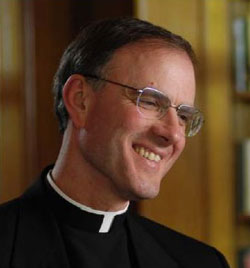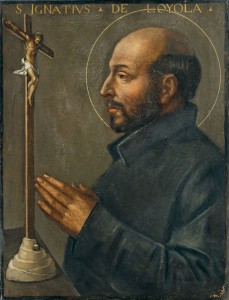Episode 14- Regnum Novum: Bringing forth the New Evangelization through Catholic Social Teaching with Omar Gutierrez – Pope Pius XI and “QUADRAGESIMO ANNO” , Pope Pius XII and the Radio Addresses.
– Pope Pius XI and “QUADRAGESIMO ANNO” , Pope Pius XII and the Radio Addresses.
Podcast: Play in new window | Download (Duration: 28:49 — 26.4MB) | Embed
Subscribe: Apple Podcasts | Spotify | Amazon Music | Android | Pandora | iHeartRadio | JioSaavn | Podchaser | Gaana | Podcast Index | Email | TuneIn | Deezer | Anghami | RSS | More
We live at a very special time. The confluence of many things has brought forth the clear need to be able to articulate the Social Teaching of the Catholic Church in a way that is accessible and applicable. This is not to be an effort where high-minded theories are to be bandied about. Rather, this is a time of opportunity wherein we can apply the Social Doctrine to the concrete so as to bring about a New Kingdom, a Revolution. – Omar G.
Pope Pius XI (31 May 1857 – 10 February 1939), born Ambrogio Damiano Achille Ratti, was Pope from 6 February 1922, and sovereign of Vatican City from its creation as an independent state on 11 February 1929 until his death on 10 February 1939. He issued numerous encyclicals including Quadragesimo Anno, highlighting capitalistic greed of international finance, and social justice issues, andQuas Primas, establishing the feast of Christ the King. He took as his papal motto, “Christ’s peace in Christ’s kingdom”.
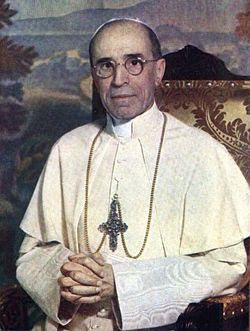 Venerable Pope Pius XII born Eugenio Marìa Giuseppe Giovanni Pacelli (2 March 1876 – 9 October 1958), reigned as Pope, head of the Catholic Church and sovereign of Vatican City State, from 2 March 1939 until his death in 1958.
Venerable Pope Pius XII born Eugenio Marìa Giuseppe Giovanni Pacelli (2 March 1876 – 9 October 1958), reigned as Pope, head of the Catholic Church and sovereign of Vatican City State, from 2 March 1939 until his death in 1958.
Also visit Omar’s “Discerning Hearts” page Catholic Social Teaching 101

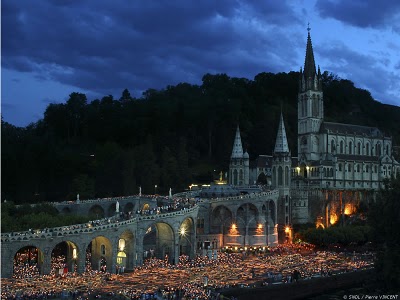
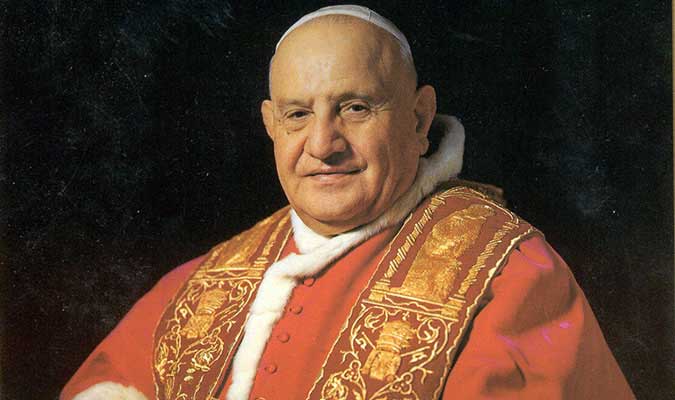
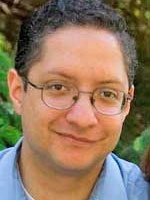

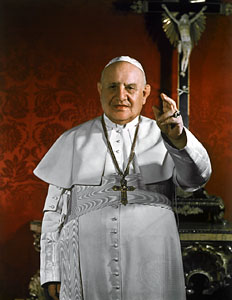 Pacem in Terris
Pacem in Terris
